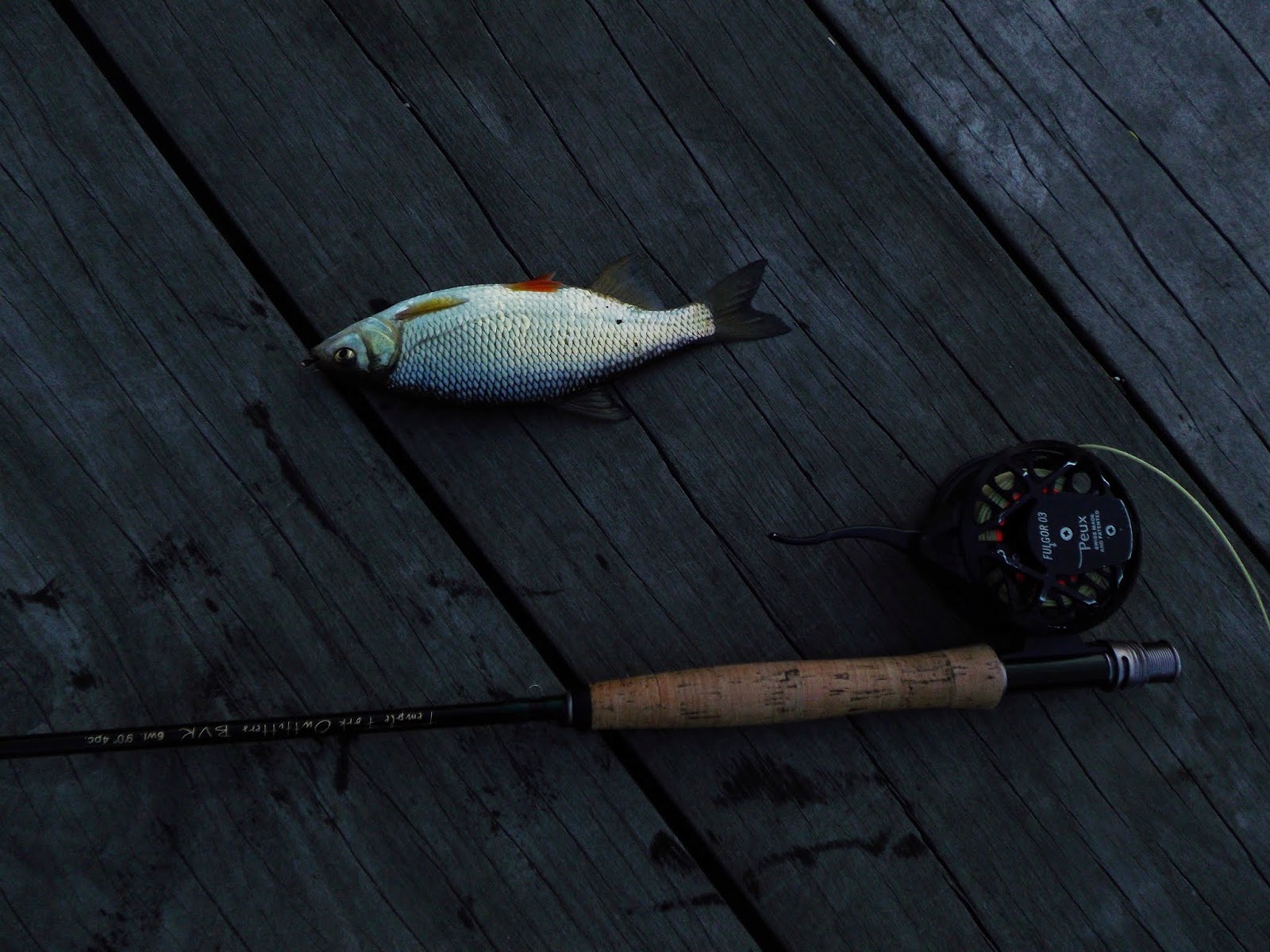Fished at Van Cortlandt Lake.
Fish Species Present : Largemouth bass , Black crappie , Brown bullhead, Bluegill, Pumpkinseed,
Golden shiner, Common carp, White sucker, and Yellow perch.
I had success with this #16 flash back pheasant tail nymph pattern.
I caught two crappie. I had hoped to catch a few perch be crappie were active today.
The wind was calm and the lake surface was smooth. My buddy Jay caught several club size bass
(less than 30mm).
Fisheries Survey Summary
A DEC electrofishing survey performed in mid-April, 2009, yielded a
large number of young yellow perch from Van Cortlandt Lake. Without
significant competition and predation and with enough available prey,
these fish could grow into a large year-class of quality-sized yellow
perch in three to four years. Another significant finding was several
large (12 - 14 inches in length) brown bullhead catfish, some of the
largest we have found while surveying New York City lakes. One
disappointing survey finding was a low catch rate for largemouth bass.
The electrofishing catch per hour for this species was the lowest of the
six New York City waterbodies listed below. Water temperature at the
time of the survey was less than ideal and might have contributed to the
low catch rates. A follow-up survey will help to better characterize
the warmwater fish population of this lake.

In 1694, Jacobus Van Cortlandt made his first land purchase in the area
that became Van Cortlandt Park. Four years later, he married Frederick
Phillipse’s daughter Eva and soon after bought the 76 acres encompassing
the site where the
Van Cortlandt House
still stands. Over a 38–year period, Jacobus, twice mayor of New York
City (1710–11 and 1719–20), systematically purchased the entire area of
the present–day park, developing it into a productive grain growing and
milling operation. The family lived on and farmed the land until 1888
when the city purchased the estate, and the land became the nucleus of
Van Cortlandt Park.
The lake was created during the 1690s when
Tibbetts Brook
was dammed to power a gristmill. During the American Revolution
(1775–1783), Van Cortlandt’s mills ground grain and cut lumber for both
the Americans and the British, depending on who controlled the region.
In the early 1800s, new mills were built here, and local corn farmers
continued to use them through the end of the century.
On the west side of the lake, the
John Kieran Trail
intersects the Putnam Trail, a former railroad. Two tracks of the New
York Central Railroad’s Putnam Division once ran here, as evidenced by
the double width railroad bridge. From 1881 until 1958, the line carried
passengers and freight between High Bridge in the Bronx and Brewster,
New York. Freight continued to be hauled on these tracks
occasionally—and very slowly—until 1981. A secondary route carried
passengers from High Bridge to Getty Square in Yonkers from 1888 until
1943. Those tracks ran along the edge of the
Parade Ground
and north through the western edge of the park. What remains of the Van
Cortlandt Station can still be seen just south of the lake. Interesting
wildlife like white–tailed deer and coyote often made their way into
the park along this man–made corridor.













































